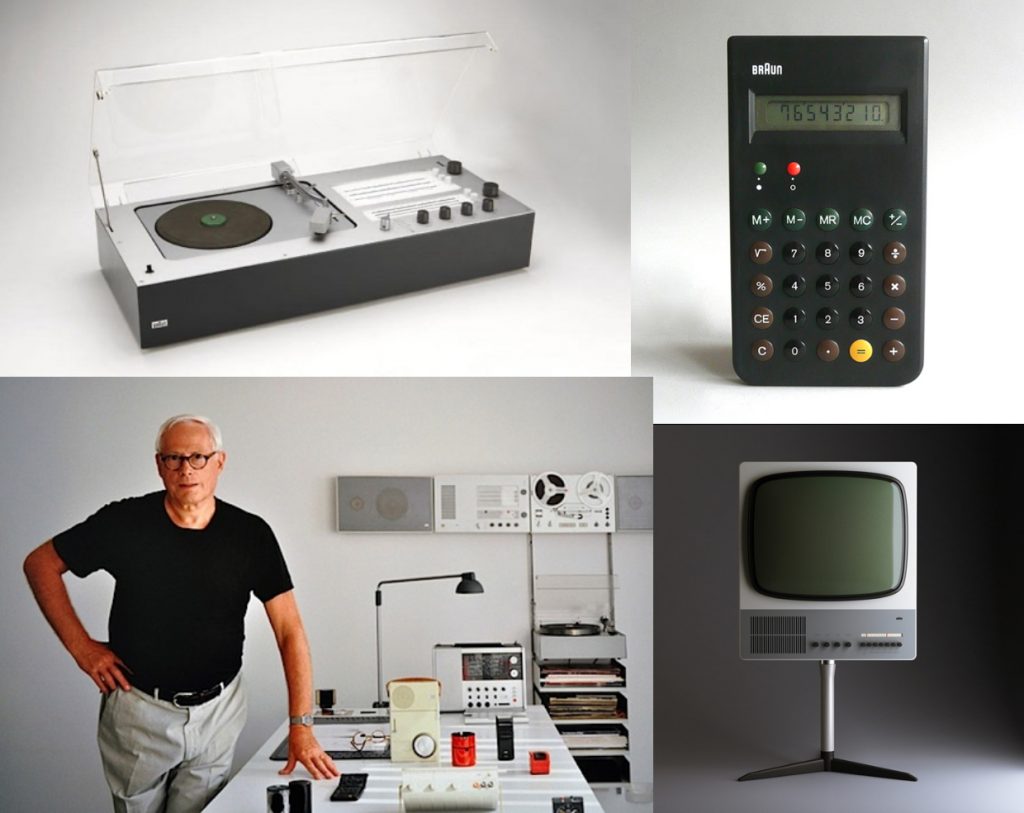Long before sticky notes and digital reminders, humans have developed tools to record and retrieve information in various ways. These forgotten technologies solved the same problems we face today: how to remember things, calculate values & share knowledge.
Clay Tablets: The Original Hard Drive
Mesopotamians used clay tablets as early as 3500 BCE. These weren't just for permanent records. They made "quick notes" on thin tablets that could be recycled by soaking in water. Merchants carried small tablets to record transactions on the go, essentially ancient notepads.
But what's really fascinating is their durability. You can still read notes made some 5,000 years ago, while digital files from just 30 years ago are often unreadable due to obsolete formats or media like CD drives.
Wax Tablets: The First Erasable Notes
Romans and Greeks used wooden frames filled with beeswax. They wrote with a stylus, and when they needed to erase something, they simply smoothed the wax with the flat end.
Students carried connected sets of these tablets - essentially the first notebooks. Some had holes drilled through the frames and were tied together with string. This is how the first ring binders were created.
Volvelles: Analog Computers
Developed in the Middle Ages but used through modern times, volvelles are rotating paper discs attached to pages. By turning different wheels, users can easily calculate astronomical positions, determine religious feast days. It can also help to encrypt messages and is often used in that way.
The most famous example may be the astrolabe. Sailors used it to determine latitude by measuring star positions. Volvelles could make calculations that would otherwise require complex mathematics. Let's agree that this was the original pocket calculator.
Quipu: Knot-Based Records
The Inca civilization used knotted strings called quipu to record numerical data. Different knots represented different values, and the position of the knot indicated what was being counted.
Tax collectors carried quipu to record payments, and messengers used them to deliver numerical information across the vast Inca Empire. Some researchers believe quipu may have recorded narrative information too, not just numbers.
Tally Sticks: Split Receipts
For over 700 years, England used notched wooden sticks as financial records. The stick would be split lengthwise, with each party keeping half. When brought together, they had to match perfectly, preventing forgery.
The system was so effective that the Bank of England used tally sticks until 1826. Ironically, when they finally decided to burn the obsolete sticks in 1834, they accidentally burned down the Houses of Parliament in the process.
What We Can Learn
These ancient technologies weren't just primitive versions of modern tools - they often had advantages our digital systems lack. They didn't crash, need power, or become obsolete when software changed.
As we design tomorrow's tools, perhaps these forgotten technologies have lessons to teach us about durability, simplicity, and working within natural constraints.
The next time you jot down a note on your phone, remember you're participating in a tradition that stretches back thousands of years - just with better battery life.
Read More
Here are four more links to explore.
Analog Current: Forgotten Pathways in Computing History - Explore how alternative computing approaches offer insights for modern technology design.
The Harmonic Interface: Notes from the Periphery - Declassified Bell Labs research on tactile computing systems from 1973.
The Museum of Obsolete Media - Comprehensive archive of forgotten information storage and retrieval technologies.
The Antikythera Mechanism Research Project - Ongoing research into the world's oldest known analog computer from Ancient Greece.






